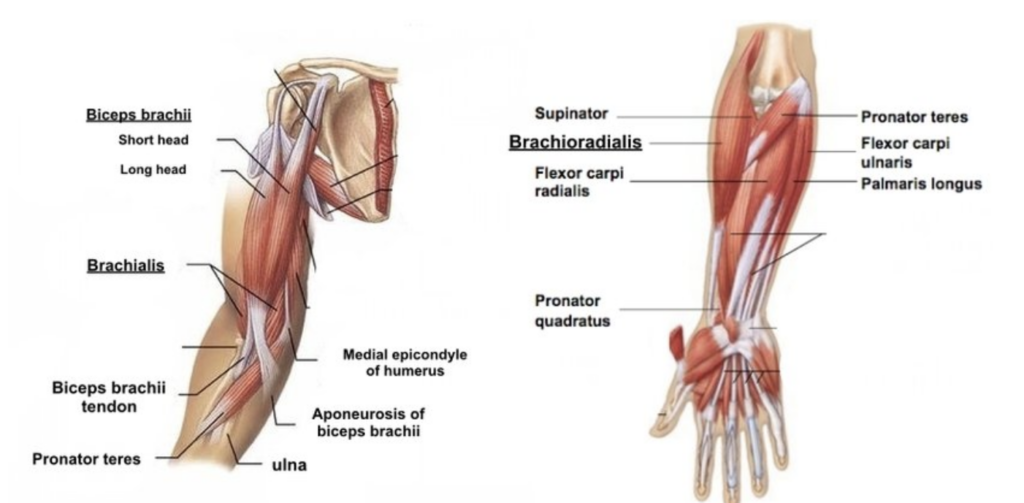Muscles of the Hand
The muscles of the hands and thumbs are intricate muscles responsible for the movement of the hand, fingers, and thumbs. The muscle groups are divided into two groups known as extrinsic and intrinsic. Extrinsic muscles originate from the forearm; intrinsic muscles are smaller muscles within the hand and wrist.
Intrinsic Muscles:
The intrinsic muscles are those muscles that are responsible for position grip. The muscles originating in the forearm and inserting onto the hand are responsible for power grip. The muscles that arise in the hand and are accountable for position grip are intrinsic.
Extrinsic Muscles:
In the extrinsic muscles, the fingers have two long flexors on the forearm’s underside. They insert tendons into the phalanges of the fingers. The deep flexor attaches to the distal phalanx, and the superficial flexor attaches to the middle phalanx. The flexors allow for the actual bending of the fingers. The thumb has one long flexor and a short flexor in the thenar muscle group. The human thumb also has other muscles in the thenar group (opponents and adductor brevis muscle), moving the thumb in opposition, making grasping possible.


The Interossei (dorsal and palmar) muscles allows us to spread our fingers apart and pull our fingers together. The Hypothenar muscle allows the small finger the ability to move away from and back towards the ring finger. The Thenar muscles are found at the base of the thumb that allows the thumb to move away from the index finger as well as grasp objects. This function is impacted in patients with severe carpal tunnel syndrome.
Lumbrical muscles allow the fingers to straighten and bend at the MCP (knuckle) joints.

Muscles of the Thumb

With regards to the thumbs, the Adductor Pollicis is the muscle / tendon responsible for pinching and as this muscle weakens, patients suffer cubital tunnel syndrome. Abductor Pollicis Longus is the muscle / tendon that’s impacted when there’s tendonitis from the thumb into the wrist which is known as the 1st dorsal compartment (aka De Quervain Syndrome).
Muscles of the Elbow and Forearm The biceps are
The biceps are named for its two heads – short and long. The biceps are the main supinator of the forearm (which helps us rotate the palm up and down) and helps the brachialis and brachioradialis in bending the elbow. The biceps are prone to injury, particularly the tendon of the long head and the distal tendon which inserts into the radius.
BRACHIALIS
The brachialis is a large, deep muscle in the front of the arm. It lies beneath the biceps muscle and attaches onto the coronoid process of the ulna, just below the elbow joint. The brachialis is a strong flexor of the elbow (allowing it to bend).
TRICEPS
The three-headed triceps muscle is the only muscle in the back of the arm. The triceps provides the important action of straightening our elbow, allowing us to push up out of a chair and throw a ball. It also stabilizes the elbow when you are forcefully supinating (think turning a screwdriver), otherwise the bending action of the biceps would be unopposed, and our elbows would bend with every twist.


